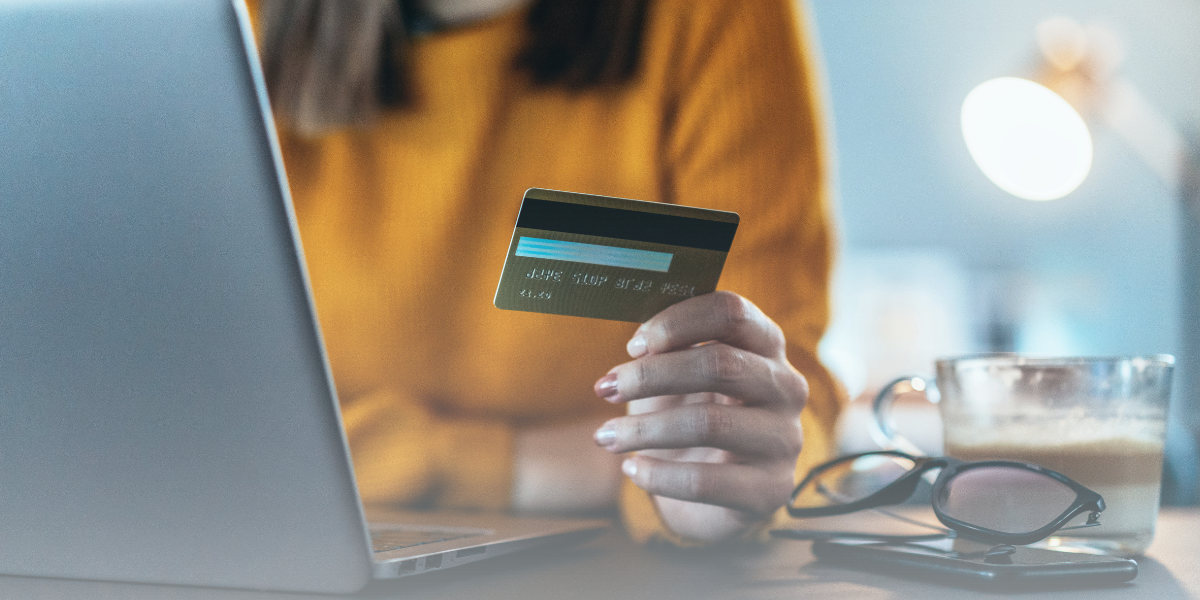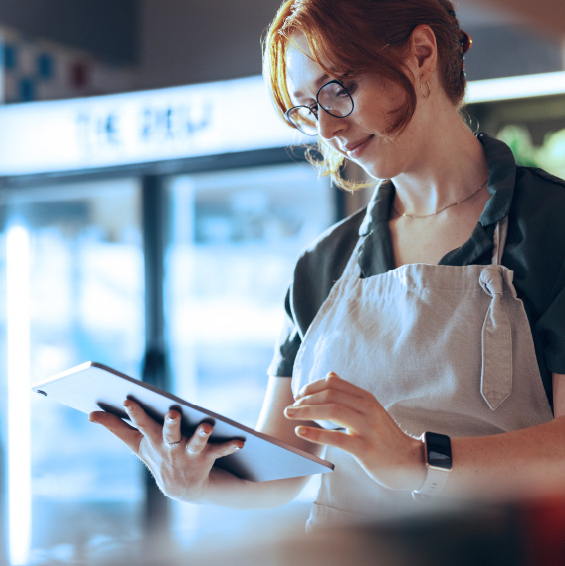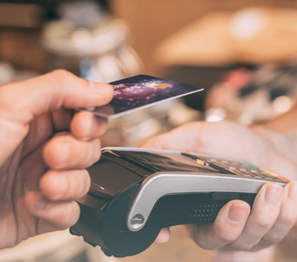
Swipe, tap and thrive: Why every single-location restaurant needs a POS
Learn why a POS system is essential for small quick service restaurants and which features help streamline orders, boost sales, and keep your café running smoothly.

Businesses across Canada are continuously adapting to meet the needs of modern consumers. Payment gateways play a pivotal role in this landscape, ensuring that money flows securely from customers to businesses. This article will explore what a payment gateway is, how it functions, and why it's essential for Canadian merchants looking to streamline their payment processes.
Payment gateways are essential for modern businesses, offering secure and efficient ways to process online transactions. By understanding how these gateways function and the benefits they offer, Canadian merchants can better equip themselves to meet the demands of their customers, ensuring a smooth, secure, and satisfactory shopping experience.
A payment gateway is an essential technology that acts as a conduit for transactions in the e-commerce and digital payment sectors. It is a service that authorizes and processes payments for online and offline businesses, ensuring that the money transfers securely from the customer's bank to the merchant's payment portal. This process involves several steps.
Selecting an appropriate payment gateway is a pivotal decision for Canadian merchants, impacting not only their day-to-day operations but also their customer relationships and overall business security. The right Canadian payment gateway acts as a seamless bridge between merchant websites, payment processors, and banks, facilitating a smooth transaction process while ensuring robust security measures.
A payment gateway is an indispensable tool in the e-commerce and digital payment landscape, functioning as a bridge between a merchant's sales platform and the financial networks involved in processing a transaction. This system plays a crucial role in the secure and efficient handling of online payments. Here is an expanded step-by-step explanation of how a payment gateway operates:
When a customer decides to make a purchase, the journey of the payment begins at the transaction initiation stage. This occurs when the customer enters their payment details (such as credit card information) into the payment form on a merchant's website or mobile application. To ensure the security of this sensitive data, the payment gateway encrypts the information. This encryption secures the data from potential cyber threats, safeguarding the customer's personal and financial information.
Once the payment information is securely captured and encrypted, the payment gateway sends this data to the payment processor. The processor, in this context, acts on behalf of the merchant's bank (also known as the acquiring bank) and interfaces with the card networks (e.g., Visa, MasterCard). The processor submits the transaction data to the appropriate card association, which then routes it to the bank that issued the card to the customer (issuing bank). This step is critical as it involves a thorough check of the customer's account details, available funds, and security measures against fraud.
The issuing bank receives the transaction data and decides whether to approve or decline the transaction based on the customer's available credit or funds, the validity of the payment information, and any potential fraud flags. This response—approval or denial—is then sent back through the card network to the payment processor. If approved, an authorization code is generated and sent to the payment gateway. This code is crucial as it is required to finalize the transaction.
With the transaction approved, the payment gateway communicates the successful authorization back to the merchant's website or application, allowing the merchant to proceed with fulfilling the order. The merchant then prepares and ships the order or provides the service purchased. Simultaneously, the issuing bank initiates the transfer of the approved transaction amount to the merchant's bank. This final step might take a couple of days to reflect in the merchant's account but is essential for the reconciliation of funds.
One of the primary considerations when choosing a payment gateway is the cost associated with each transaction. Merchants must evaluate the fee structure, including any hidden costs, to determine how these fees will impact their profit margins.

Payment gateways are more than just a technical necessity; they enhance the customer shopping experience by providing a seamless and efficient checkout process. This not only helps in maintaining security but also ensures that the payment process is as quick as possible, reducing the likelihood of cart abandonment and enhancing overall customer satisfaction.

Learn why a POS system is essential for small quick service restaurants and which features help streamline orders, boost sales, and keep your café running smoothly.

Discover the best POS systems for small retail businesses. Learn how to streamline inventory, boost sales, and improve customer service with the right POS solution.

Learn what card testing fraud is, how it targets your e-commerce site, and the best practices you can use to detect, block, and prevent attacks before they impact your business.

What is contactless payment and how does contactless payment work? Discover how this technology speeds up transactions and improves customer experience with secure, fast processing. Learn what contactless payment is and how contactless payment works to streamline transactions. Find out how it benefits your business with faster and more secure payments.